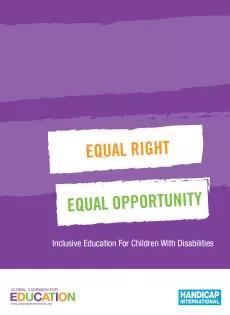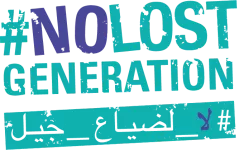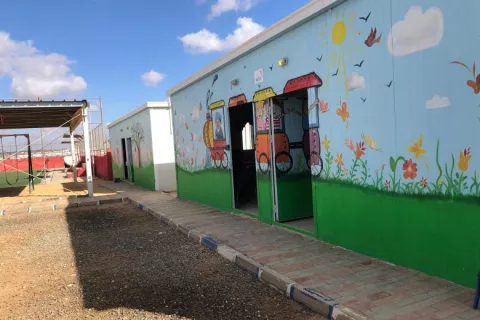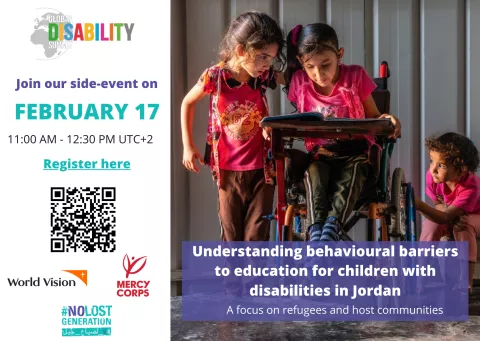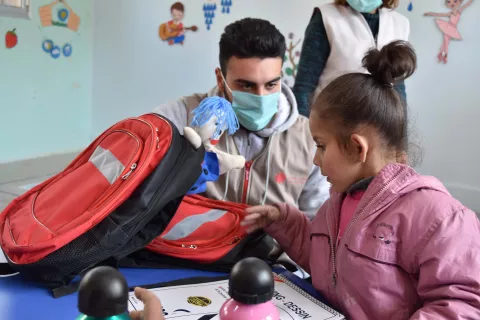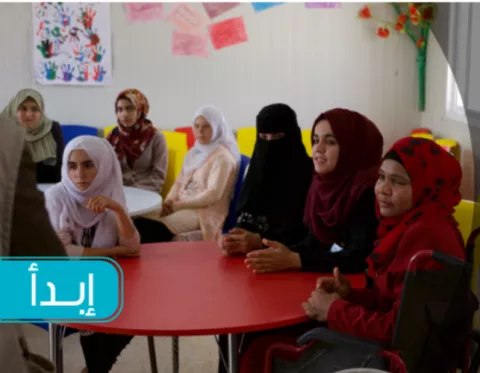Equal right, equal opportunity: inclusive education for children with disabilities
Global Campaign for Education and Handicap International
Highlights
Globally, an estimated 93 million children – or 1 in 20 of those aged up to 14 years of age – live with a moderate or severe disability. In most low- and middle-income countries, children with disabilities are more likely to be out of school than any other group of children. Children with disabilities have very low rates of initial enrolment. Even if they do attend school, children living with disabilities are often more likely to drop out and leave school early. It is, therefore, unsurprising that in many countries children with disabilities make up the vast majority of those out of school.
In recent years, human rights frameworks have begun to inform a vision for delivering on the right to education for disabled children, and articulating what this might look in practice. The 2006 UN Convention on the Rights of Persons with Disabilities (CRPD) was a milestone in this regard. The CRPD established inclusive education as the key mechanism to deliver the right to education for disabled children.
However, the current challenges faced by children with disabilities in realising their right to education remain profound. But there is an increasingly clear set of areas of action for governments, donors and the international community. This report synthesises current evidence on the policy responses which can help bring down the common barriers faced by disabled children in gaining a quality education, across seven inter-dependent strategies – from the family, local communities and national government, through to the international community.
